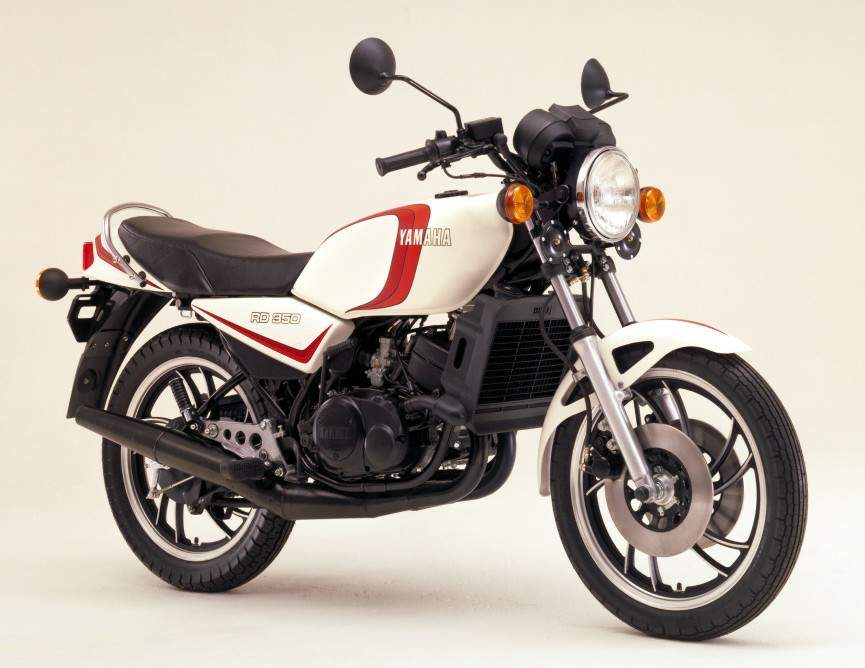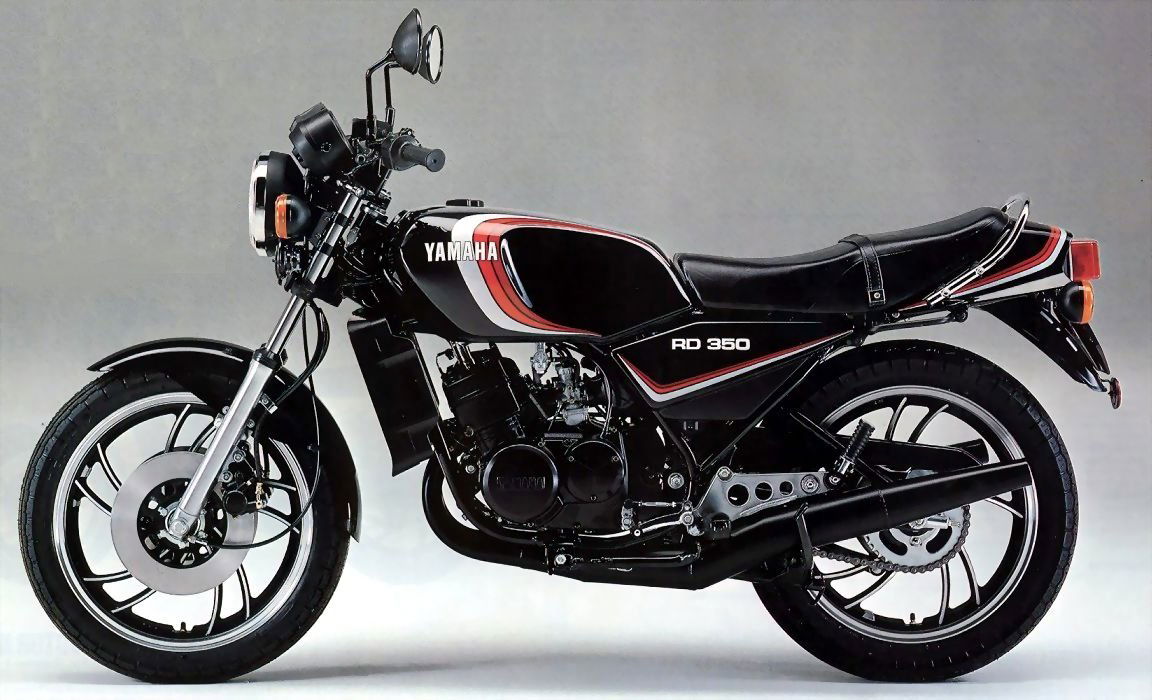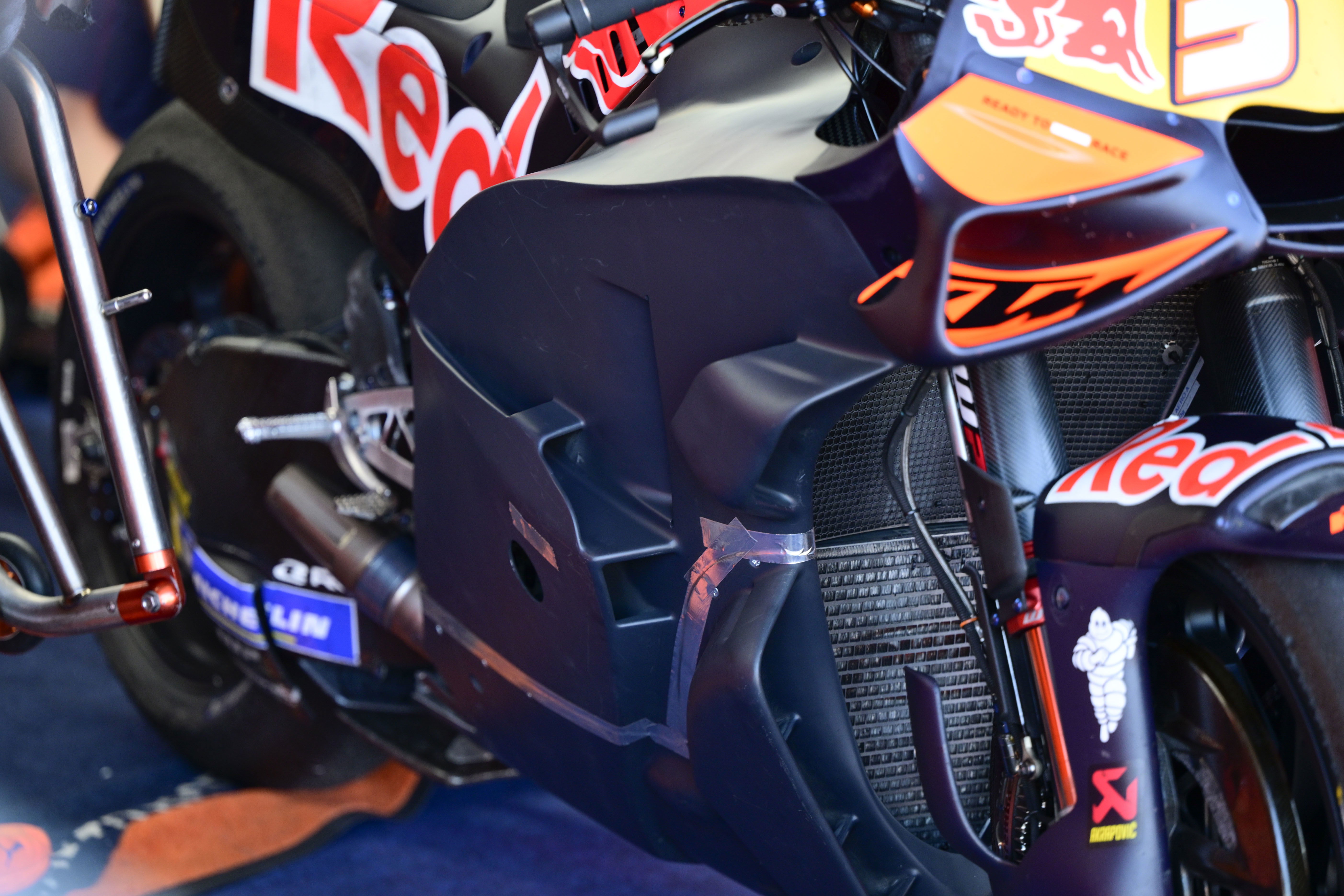People who changed motorcycling – Bob Trigg motorcycle engineer
Never in the world of motorcycling, did so many different bikes owe so much to one man

MANY of those ‘who changed motorcycling’ are deservedly famous: Fabio ‘Ing’ Taglioni, for example, the ‘father’ of Ducati’s signature desmodromic V-twins; Edward Turner, the engineering genius behind Triumph’s Speed Twin which lead to a dynasty of British parallel twins including the Bonneville.
Or maybe even Massimo Tamburini, the Italian styling wizard responsible for not just the iconic Ducati 916 but also the MV Agusta F4, Bimota DB1 and Ducati Paso.
Then there are bike-building businessmen, figures like Soichiro Honda or even Britain’s own Triumph ‘reviver’ John Bloor…
But there are also those who even the most knowledgeable bike nuts have probably never heard of and yet who had an impact on motorcycling that far outweighs their celebrity, and right up at the very top of these is modest, mostly uncelebrated Brummie British bike engineer Bob Trigg.

Simply: without Bob Trigg (second left in the lead image above), iconic machines like the BSA Rocket Gold Star, Ariel Leader, Norton Commando, Triumph Trident T160 and even Yamaha’s RD350LC, FZ750 and Super Tenere, might never have existed in the form we know and love them today.
In fact, the list of great bikes Bob Trigg was involved with, and from such a diverse list of manufacturers, is unparalleled. Never – and apologies for the mangled quote in advance – in the whole of motorcycling, did so many different bikes owe so much to one man.
Born in Bearwood, Birmingham, an area rich with Britain’s then world-leading 1950s automotive and motorcycling industry, Bob joined BSA at 16 in 1953 on a five-year apprenticeship starting out in the post room before ending up in engine development. There he worked on the famous Gold Star then later the Rocket Gold Star.

Trigg then moved to BSA-owned Ariel, down the road in Birmingham’s Selly Oak district, where, working under legendary designer Val Page and working in the drawing office he was involved with another iconic machine – the 250 Leader and Arrow.
And that was just the start.
Disillusioned by BSA management’s since widely criticised approach, Trigg then left Ariel in 1963 (it was to become a common theme, few engineering greats have moved between as many manufacturers as Bob Trigg) to join automotive giant BMC but, failing to settle once more, he soon moved on again, this time being head-hunted to join Norton Villiers in 1967, which at the time entrepreneur Dennis Poore was attempting to revive.
.jpg?width=1600)
Yes, we know this is a modern bike, but it's important to remember that without Bob Trigg, it might never have come to be
At Norton, Trigg was instrumental in one of Britain’s most celebrated bikes of all time – the Norton Commando. Working with senior engineer Bernard Hooper, Trigg was major player in a development team that was tasked to create – in just 11 weeks (!) – a new model for the 1967 Earls Court Show. The result, having to use the existing Atlas twin-cylinder engine but in a novel, new rubber-mounted ‘Isolastic’ chassis co-designed by Trigg that smoothed out high-rpm vibration and had racy new seat styling, was the Norton 750 Commando Fastback. And although initial sales were slow the new Commando was voted MCN Machine of the Year five years in succession and led to the Trigg-designed Commando roadster which proved a big success, helping keep Norton in business for the next eight years.
There was still more to come – much more. Following the Government-enforced merger of Norton and Triumph in 1973, Trigg was responsible for modernising the now 850 Commando with both electric start and a new left-side gearchange. He was also behind updating the underperforming Triumph Trident T150, helping give the new T160 a much improved restyle incorporating what’s considered a Trigg signature – a sloping cylinder block echoed by similarly sloping shocks at the rear.
And even when NVT collapsed, in 1975, Trigg remained at the heart of any innovation that surfaced. Although the workforce had been cut from 2000 to just two-dozen and what remained of NVT relocated to Shenstone, Bob was behind not just the short-lived (and underrated) NVT East Rider moped but also the Yamaha-engine NVT Rambler 125 trail bike, opening a door with the Japanese he’d soon take full advantage of.

When Bob and his design team were encouraged to take on outside commissions, Trigg and designer Mike Ofield worked with Yamaha Europe in Amsterdam on ‘a new, sporty, lightweight two-stroke twin’ – the bike that would be launched in 1980 as the legendary RD350LC! Impressed, head of product planning at Yamaha Europe, Paul Butler (who, incidentally, later went on to be GP team manager for no less than Kenny’s Roberts’ Marlboro Yamaha squad), then offered Trigg a permanent job, as general manager of engineering and business development, which Bob, keen to have the facilities and backing to do his ideas justice, gratefully accepted – but only after knocking Norton’s fledgling rotary project into shape.
Starting at Yamaha in 1979, Bob worked for the Japanese giant for a further 20-plus years, commuting weekly between his West Midlands home and The Netherlands, During this time Trigg was a key influence in a series of Yamaha machines most Brits are simply unaware of. Trigg was a key force behind Yamaha’s ambitious 1981 TR1 V-twin. He was fundamental to Yamaha’s adoption of the ‘Lateral Frame Concept’, which played such an important part in the handling success of the FJ1100. The fact Yamaha’s 1985 five-valve FZ750 was characterised by its inclined cylinder block was no coincidence and Trigg was also a key player in the Genesis/EXUP series of FZR sportsters which so shaped modern motorcycling.

The parallel twin 1989 XTZ750 Super Tenere was the eventual result of Trigg’s experiments, in 1984, with an XS650 twin engine in a single-cylinder trail bike chassis. He also recommended the adoption of a 270º crank for better off-road drive, something later adopted on the TRX and TDM850 developed from the same engine and which proived a direct predecessor to Yamaha’s grunty MT-07 which is such as success today.
Trigg himself retired in 2008 and sadly died, aged 79, in February 2019. But his legacy and those great bikes – including everything from the BSA Rocket to Ariel Leader, Norton Commando, Yamaha LC, FJ, FZRs and more – will live on forever.
See, told you not all ‘People Who Changed Motorcycling’ were famous…. not yet, anyway.












